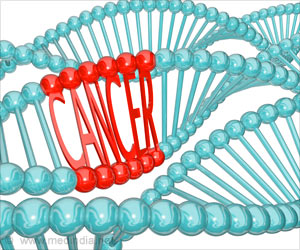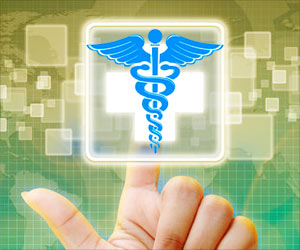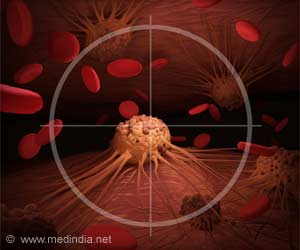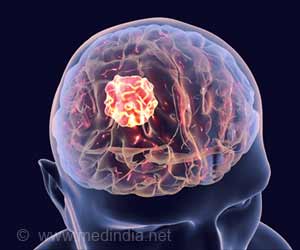New study reveals different mortality patterns of neuroendocrine tumors (NETs) that would help inform future guidelines regarding monitoring and treatment of different NETs.

‘New study reveals different mortality patterns of neuroendocrine tumors (NETs). This would help inform future guidelines regarding monitoring and treatment of different NETs and also render counseling based on the site of NETs.
’





The retrospective study analyzed the health data of 8,607 patients (stored at ICES). This population-based cohort study is the first to describe factors associated with cancer-specific death after a NET diagnosis. Mortality Patterns
It was found that patients with bronchopulmonary and pancreatic NETs had the highest risks of cancer-specific death. Moreover the risk of non-cancer death exceeded that of cancer-specific deaths among those having non-metastatic gastric, small intestine, colonic, and rectal NETs.
The other associated hazard ratios of cancer-specific mortality included advancing age, higher material deprivation, female gender, and metastases.
“Our results show that some patients with non-metastatic NETs are more likely to die of other causes than NET. This is crucial to inform patients and make decisions regarding treatment. It is important to make sure that treatment does not present a higher risk than the NET itself. For example, small pancreas, stomach or rectal NETs can be safely monitored,” says Hallet.
Advertisement









